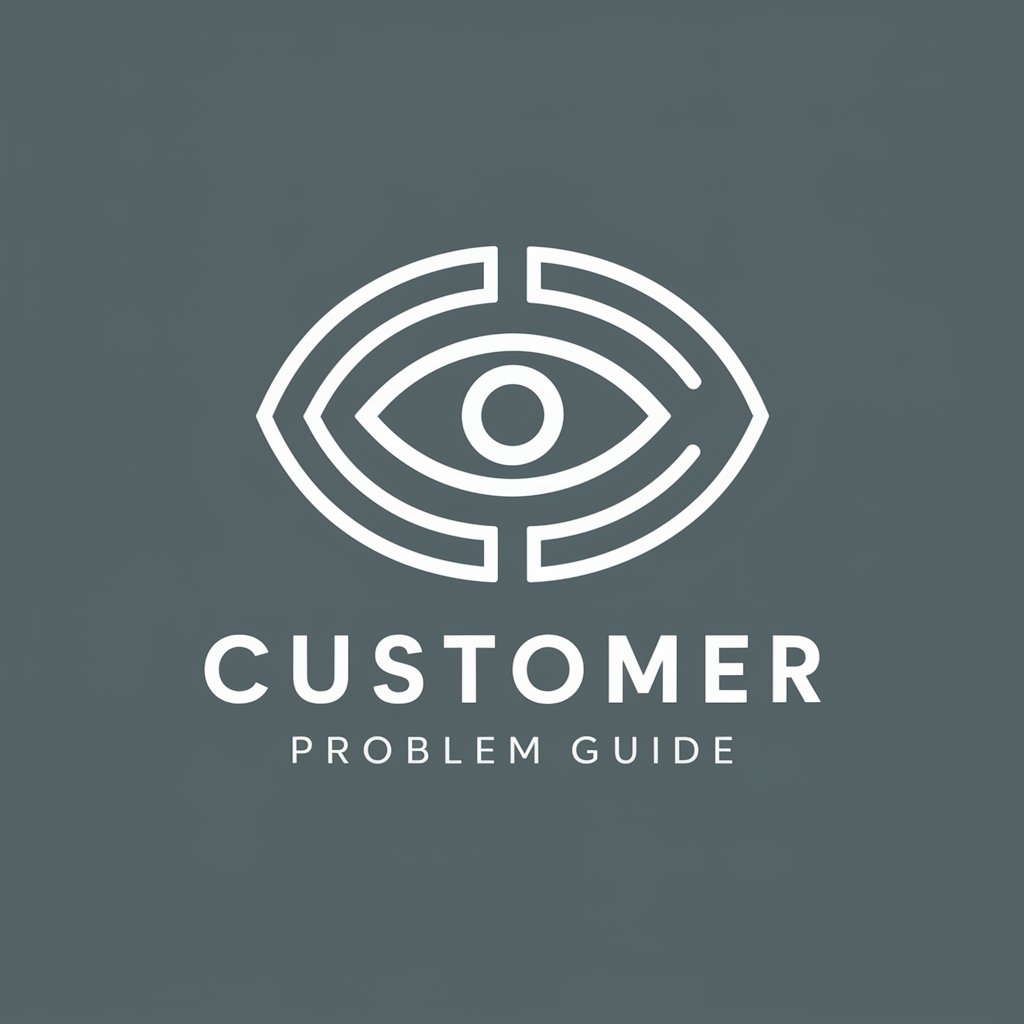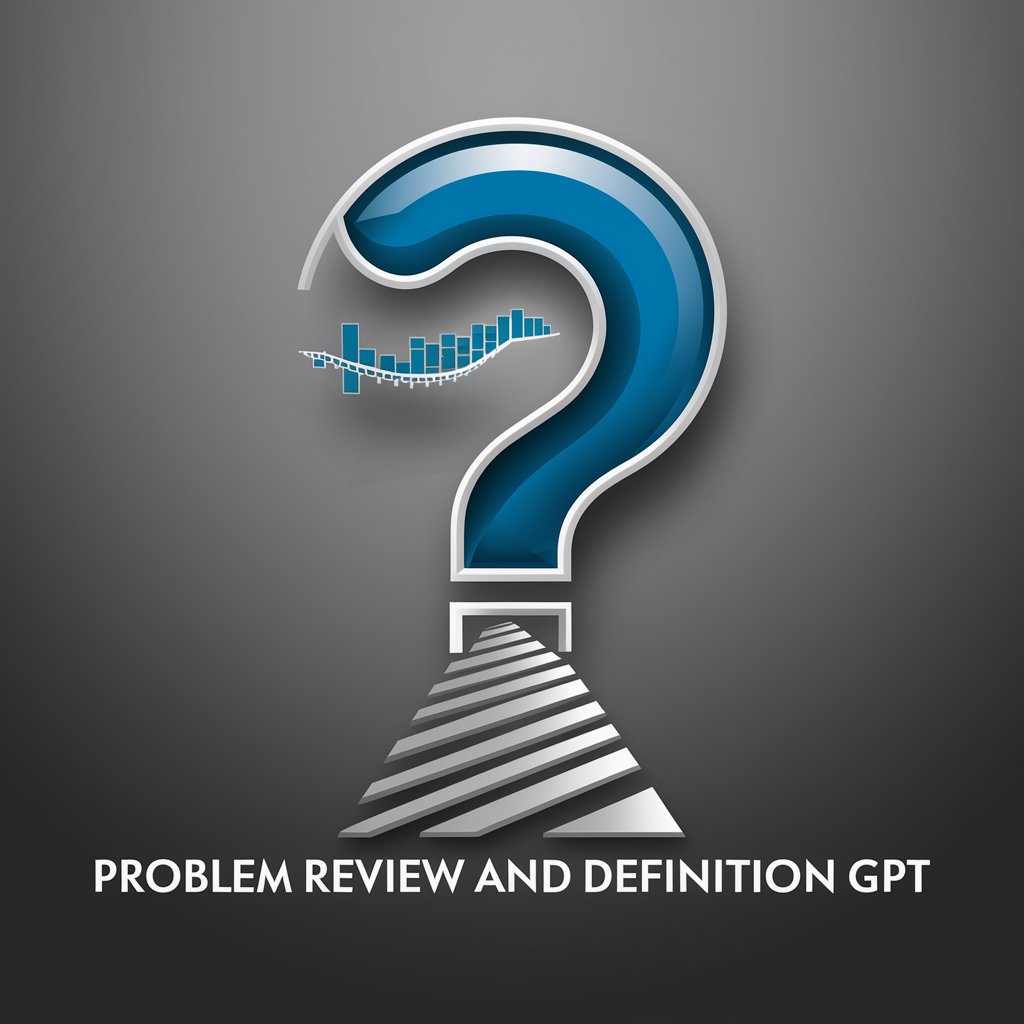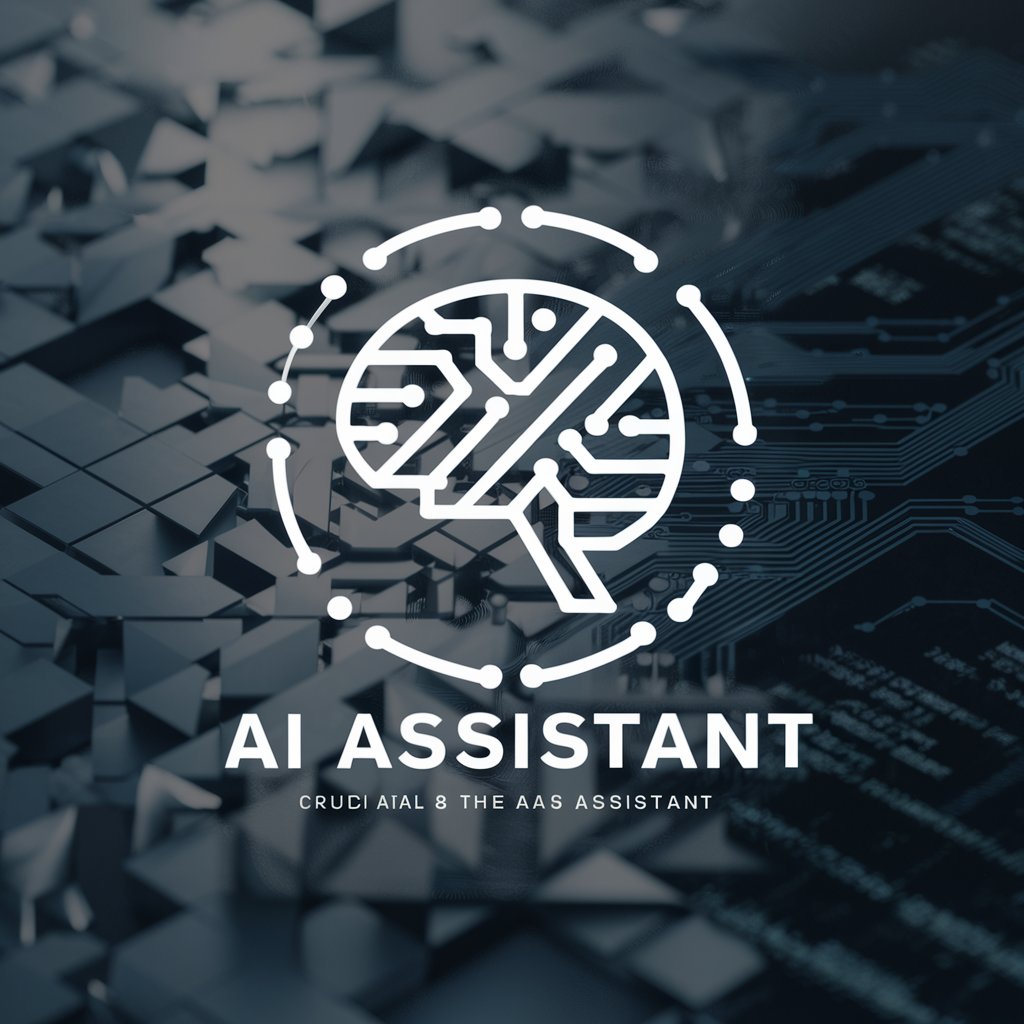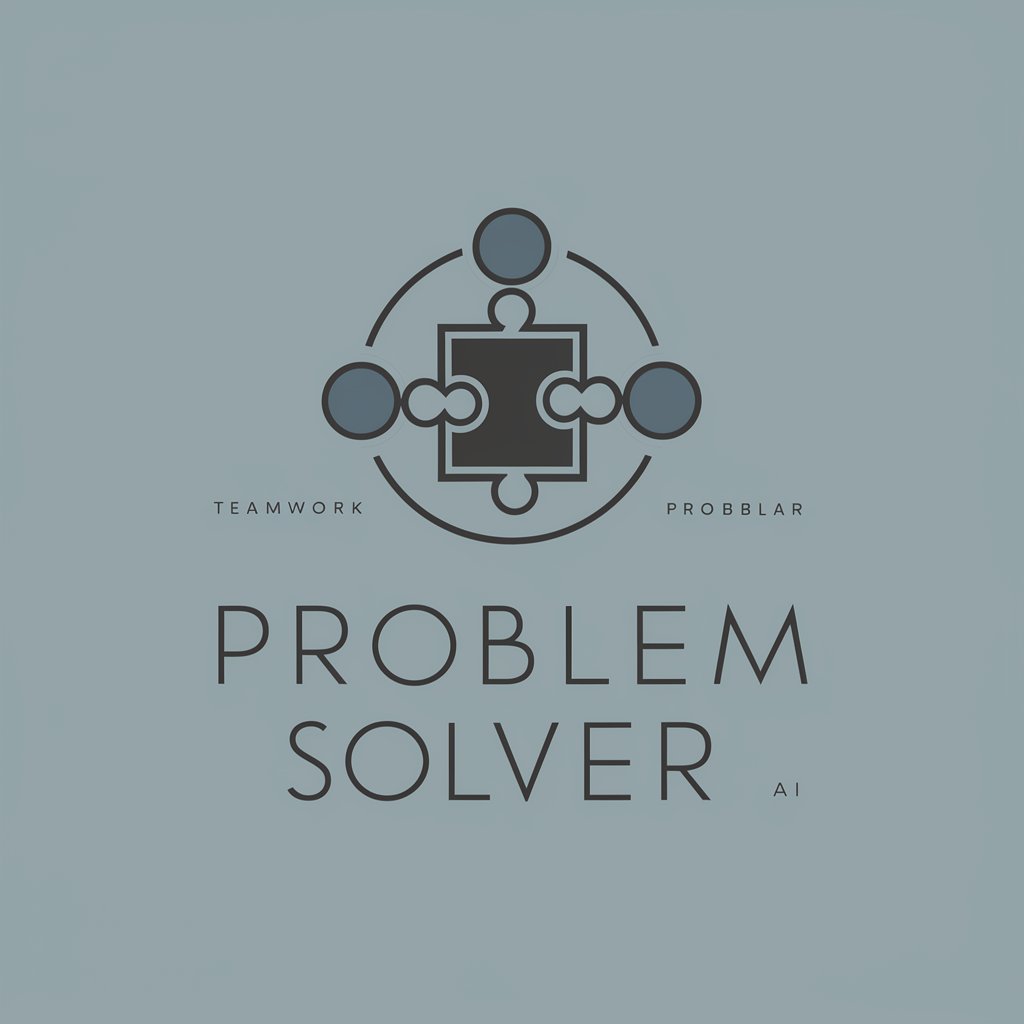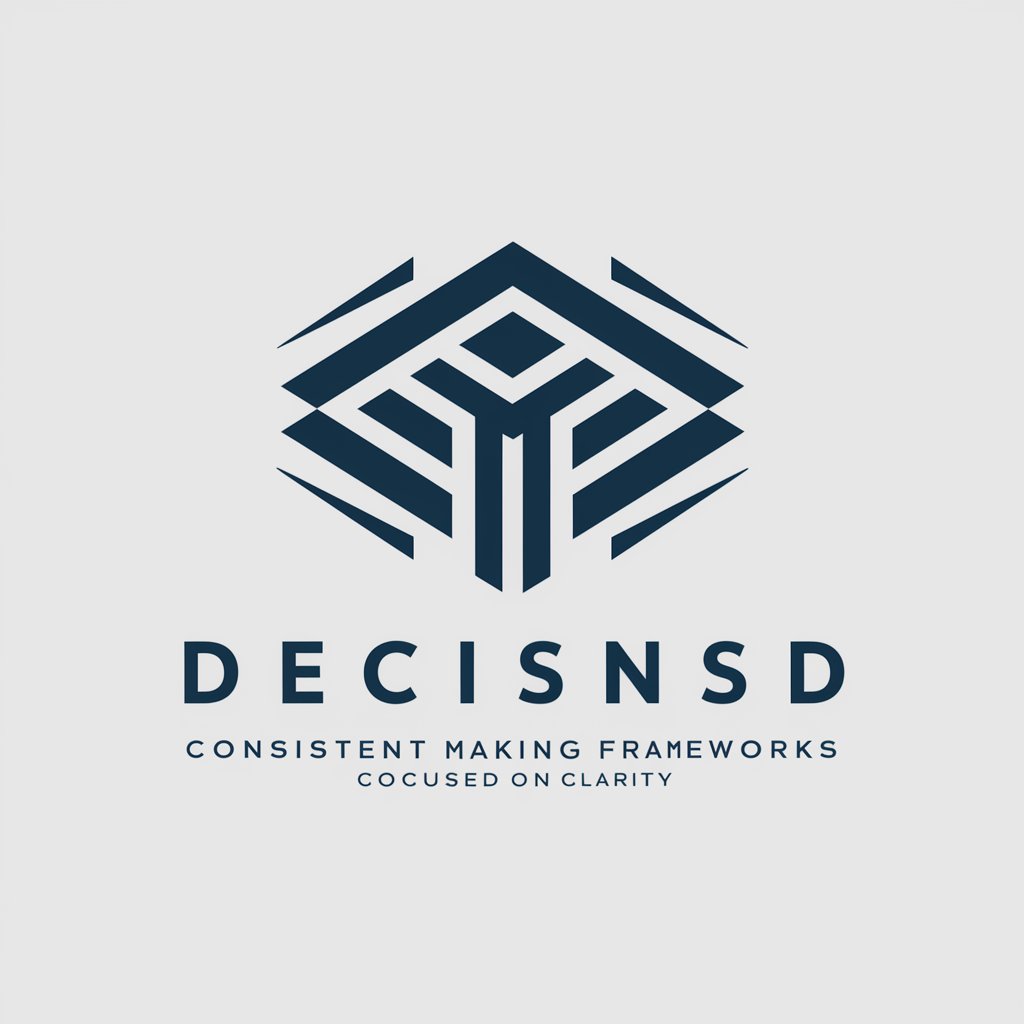
Problem Framing - Strategic Insight Tool

Welcome to strategic foresight with Problem Framing. Let's tackle your challenges head-on.
Reimagine Problems with AI Insight
How can I identify the key components of a complex problem?
What are effective methods for breaking down large issues into manageable parts?
Can you provide strategies for reframing a problem to discover new solutions?
What constraints should I consider when designing solutions for future challenges?
Get Embed Code
Understanding Problem Framing
Problem Framing is a strategic approach designed to dissect, understand, and address complex issues by breaking them down into more manageable components. This methodology is grounded in the understanding that the initial presentation of a problem often masks underlying factors and potential solutions. Through Problem Framing, issues are not taken at face value but are instead deconstructed and examined from various perspectives to reveal hidden assumptions, alternative solutions, and potential unforeseen consequences. For example, in addressing urban congestion, rather than immediately investing in road expansions (a solution based on the apparent problem of insufficient road capacity), Problem Framing would encourage exploring other dimensions such as public transportation efficiency, telecommuting options, or urban planning policies, thereby uncovering a broader range of solutions. Powered by ChatGPT-4o。

Core Functions of Problem Framing
Problem Diagnosis
Example
In a business context, a declining market share might initially seem like a marketing issue. Problem Diagnosis delves deeper to uncover root causes, which could range from product misalignment with consumer needs, competitive disruptions, or even internal operational inefficiencies.
Scenario
A company facing dwindling sales figures employs Problem Diagnosis to uncover that the core issue is not product quality, but a misalignment with evolving consumer values towards sustainability, prompting a shift in product development and marketing strategies.
Decomposition
Example
Decomposition involves breaking down a complex problem like climate change into smaller, more tangible elements such as carbon emissions, deforestation, and fossil fuel dependency, making it easier to tackle each element individually.
Scenario
An environmental NGO applies Decomposition to the overwhelming issue of climate change, identifying specific areas where they can make an impact, such as advocating for policy changes in deforestation and promoting renewable energy adoption in local communities.
Reframing
Example
Reframing involves changing the perspective on a problem to uncover new solutions. For instance, viewing a struggling rural healthcare system not as a resource deficit problem but as an opportunity for telemedicine can open up innovative approaches.
Scenario
A healthcare policymaker reframes the challenge of inadequate rural healthcare access by focusing on digital infrastructure improvements, leading to the implementation of a successful telehealth program that overcomes physical barriers to access.
Constraint Design
Example
Constraint Design involves creatively using limitations as a framework for innovation. In product design, limited material resources could lead to the development of more sustainable, efficient production methods.
Scenario
A startup facing budget constraints uses Constraint Design to develop a minimal viable product (MVP), which not only fits their budget but also appeals to early adopters keen on simplicity and core functionality, setting the stage for iterative development based on user feedback.
Who Benefits from Problem Framing?
Strategic Planners and Consultants
Professionals involved in strategic planning and consultancy across industries can leverage Problem Framing to devise innovative, effective strategies for clients. By dissecting complex challenges and exploring multifaceted solutions, they can offer more nuanced, effective advice.
Policy Makers and Government Officials
Government officials and policy makers can use Problem Framing to address societal issues by understanding their deeper causes and interconnections. This approach enables the design of policies that are more targeted, sustainable, and likely to address the root causes of issues.
Entrepreneurs and Innovators
Entrepreneurs and innovators facing the challenge of breaking into competitive markets or solving societal issues can benefit from Problem Framing to identify unique value propositions and innovative solutions that address unmet needs or emerging trends.
Educators and Academic Researchers
In the realm of academia, educators and researchers can apply Problem Framing to deconstruct complex theories, foster critical thinking, and drive research that addresses the underlying facets of scholarly or real-world problems.

How to Utilize Problem Framing
Start Your Journey
Initiate your problem framing journey by accessing a leading-edge platform offering a trial experience without the need for account creation or subscription, akin to visiting yeschat.ai for a complimentary introduction.
Identify Your Challenge
Clearly articulate the problem or challenge you're facing. This could range from strategic planning in a business context to academic research or personal decision-making. Understanding the core issue is critical.
Decompose the Problem
Break down the larger problem into smaller, more manageable components. This helps in understanding the nuances and underlying factors contributing to the main issue.
Reframe and Explore
Use the tool to explore different perspectives and reframe the problem. This step is crucial for uncovering innovative solutions and alternative approaches.
Design Constraints
Establish clear constraints and criteria for success. This focuses the problem-solving process and helps in evaluating the feasibility of potential solutions.
Try other advanced and practical GPTs
GUNSHIGPT
AI-driven insights from TikTok data

Savvy Chef
AI-powered personalized meal planning.

Strategic Insight AI
Empowering businesses with AI-driven insights

Cosmic Guide
Explore the Cosmos with AI-Powered Insights

Job Interview Trainer
Ace Your Interviews with AI

Concreto360 2.0
Elevate Your Concrete Business with AI
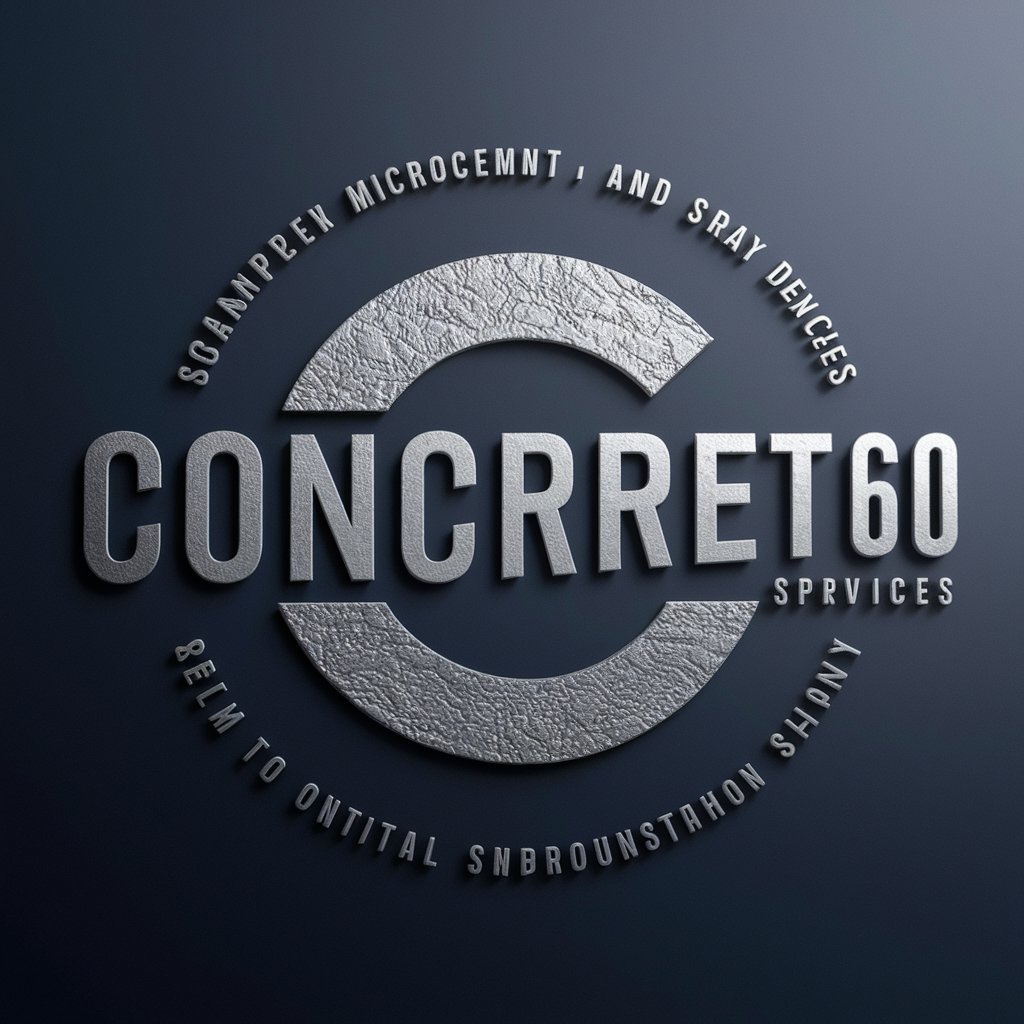
Lore Weaver
Elevate Your RPG with AI-Powered Narratives

Chad Brody Blake
Your laid-back AI frat boy buddy

FlickZ
Your AI-powered cinematic guide

TypeScriptGPT
AI-powered TypeScript Expertise
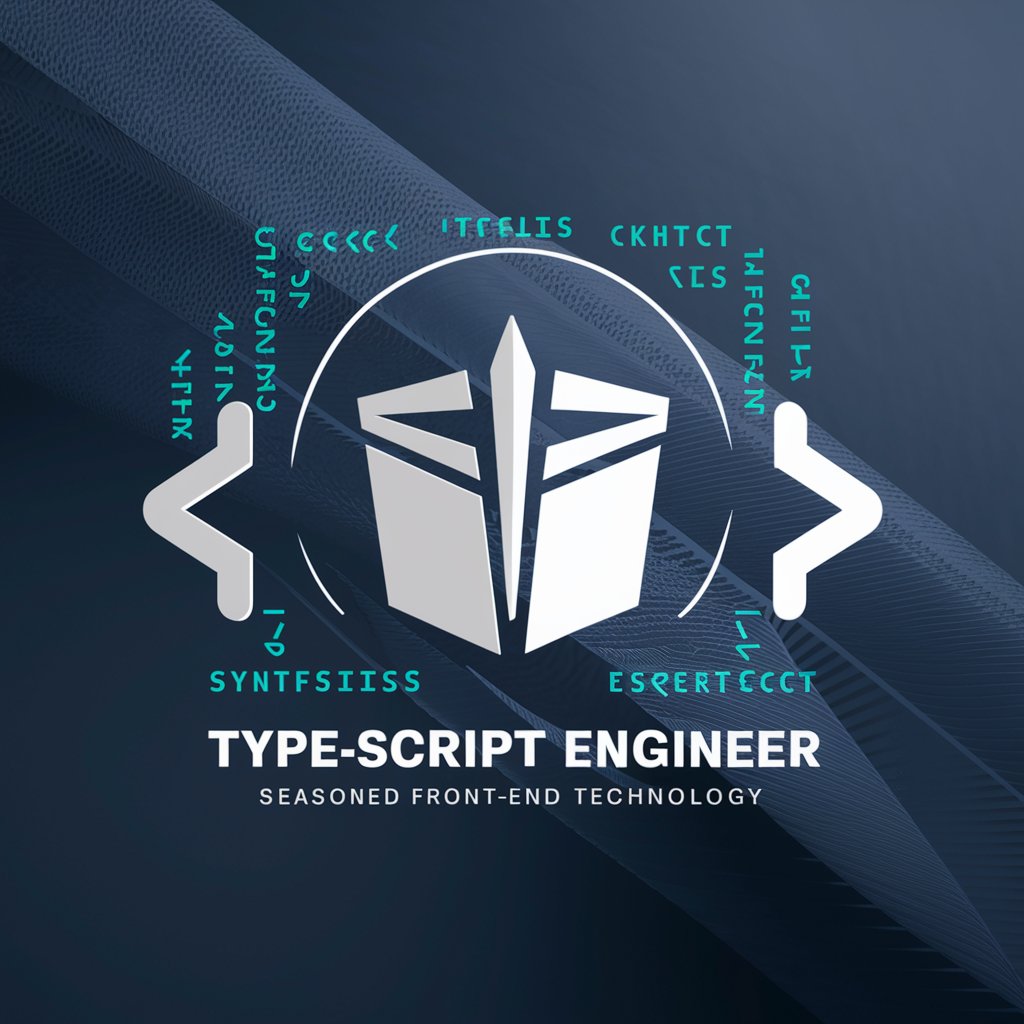
Marketing Master
Elevate Your Marketing with AI Power

Today's Birthday Horoscope
Tailored Horoscope for Every Birthday

In-Depth Q&A on Problem Framing
What is Problem Framing?
Problem Framing is a strategic approach to understanding and addressing complex issues by breaking them down, exploring different perspectives, and identifying actionable paths forward.
Why is decomposing a problem important in Problem Framing?
Decomposing a problem allows for a deeper understanding of its components, making it easier to identify leverage points, underlying causes, and potential solutions.
How can reframing a problem lead to better solutions?
Reframing a problem can shift your perspective, uncovering overlooked opportunities and innovative solutions by challenging assumptions and exploring new angles.
What role do constraints play in Problem Framing?
Constraints help focus the problem-solving process, making it easier to evaluate solutions based on feasibility, resource availability, and other criteria for success.
Can Problem Framing be applied in personal decision-making?
Yes, Problem Framing is versatile and can be applied to personal, academic, and professional challenges, aiding in clearer decision-making by providing structured analysis and perspective.


